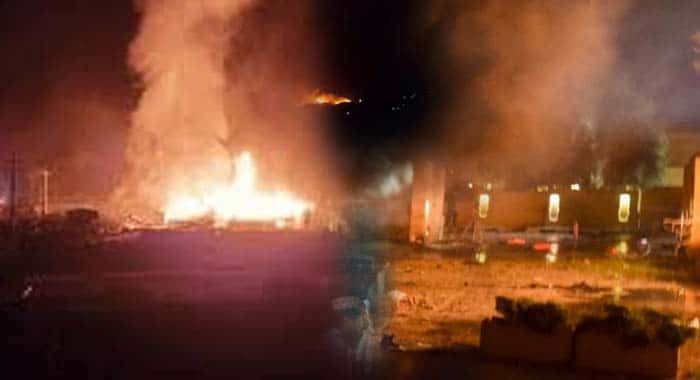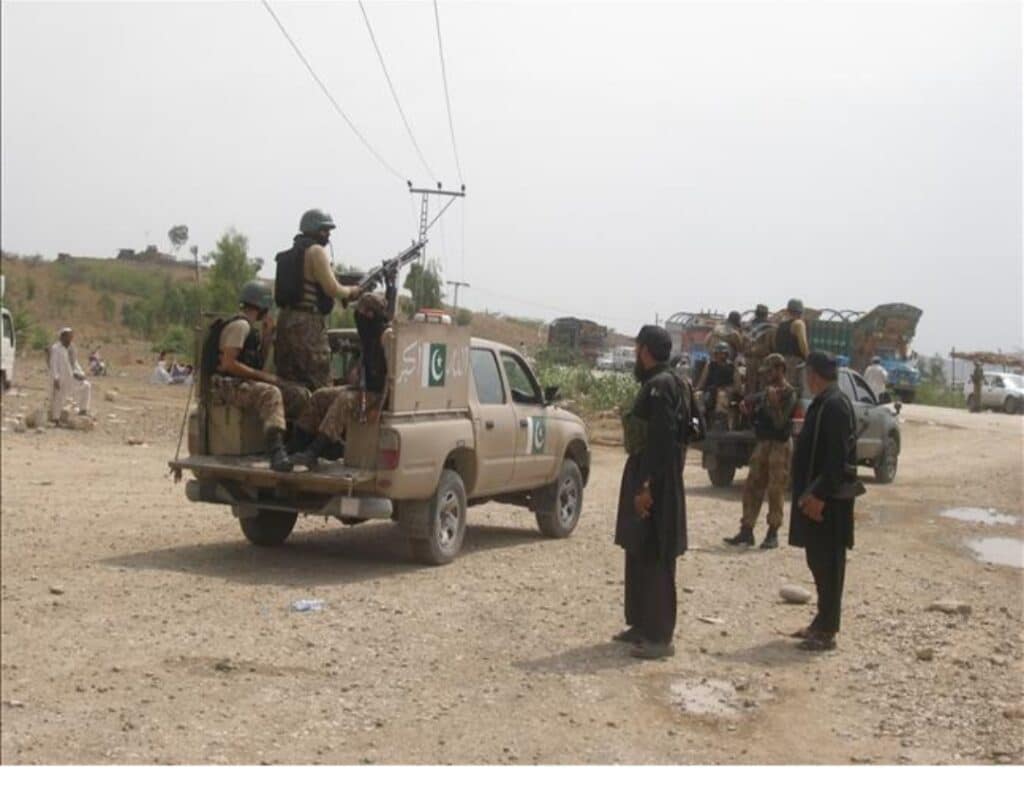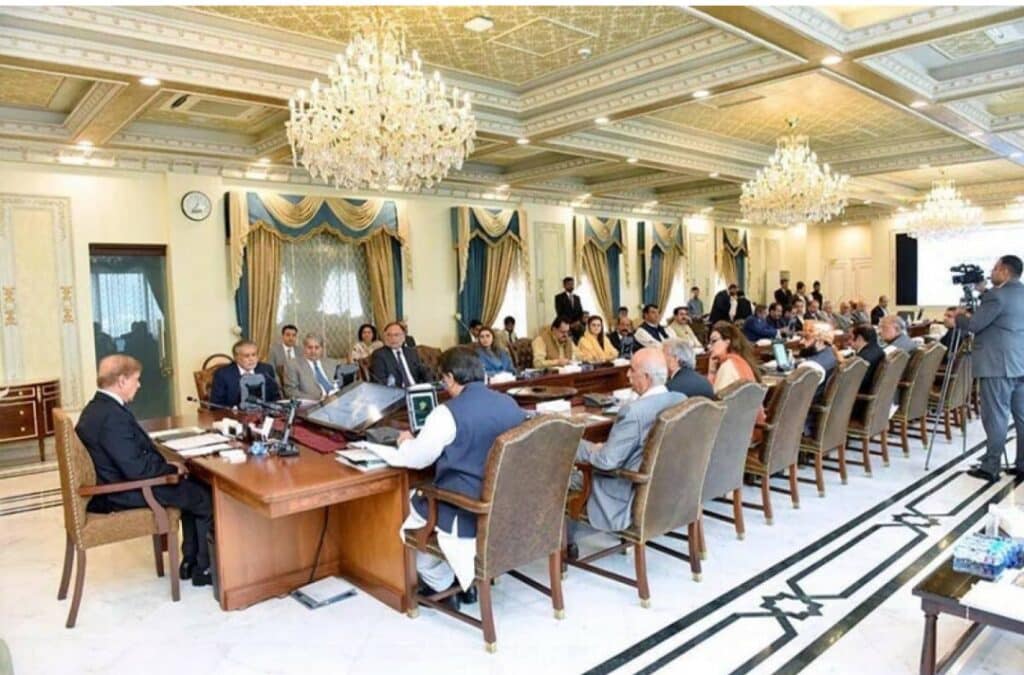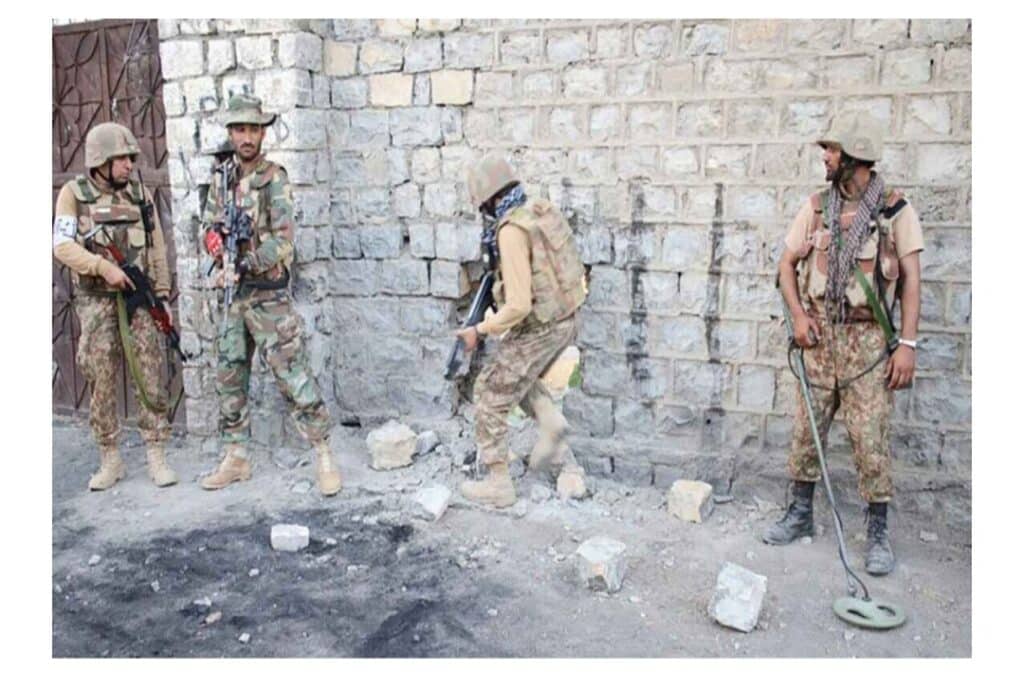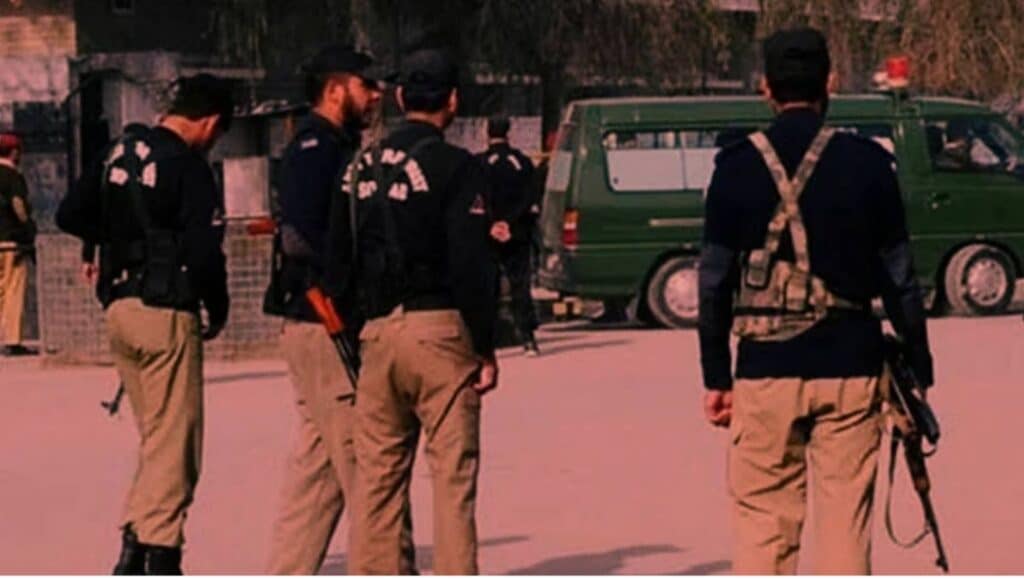Fresh and credible reports emerging from Afghanistan indicates that the violent rift between the banned Tehreek-e-Taliban Pakistan (TTP) and the Hafiz Gul Bahadur group has escalated dangerously, with both sides now targeting residential compounds, raising serious fears of civilian casualties, including women and children.
According to well-placed Taliban sources, the latest wave of infighting was triggered by allegations that the Gul Bahadur group had been covertly providing critical intelligence to Pakistani security forces — allegedly in exchange for money. The leaked information reportedly led to a string of deadly intelligence-based operations along the Pakistan-Afghanistan border, decimating key TTP formations and hideouts. These strikes resulted in significant operational losses for TTP chief Mufti Noor Wali Mehsud’s network.
After verifying what they considered an act of betrayal, the TTP issued a veiled ultimatum to the Gul Bahadur group to vacate strategic strongholds in provinces like Nangarhar and Khost. When that demand was ignored, full-scale armed clashes erupted. What makes this round of violence particularly alarming is the shift in tactics: both groups have now crossed a long-standing red line, attacking each other’s homes and family compounds.
This dangerous escalation is unprecedented even in the volatile world of militant rivalries, where combatants had typically avoided targeting non-combatants or private residences. Now, as homes are struck in the crossfire, fears are mounting that women and children, often present in these compounds, could suffer fatal consequences.
Reports suggest that in some areas, heavy and sophisticated weaponry is being used, including mortars, missiles, and even drones, much of it believed to be part of the abandoned U.S. arsenal left behind after the withdrawal from Afghanistan. Entire families, including senior commanders and their dependents, now find themselves at the epicentre of this internecine war.
Taliban sources indicate that this feud is rooted not only in allegations of espionage but also in a struggle for power, territory, and diminishing external funds. The Gul Bahadur group’s alleged cooperation with Pakistani forces, whether for survival or gain, has fractured what remained of the tactical coordination between the two groups, and now threatens to drag their turf war into populated areas.
Observers warn that this growing conflict could destabilise large swathes of eastern Afghanistan, particularly Nangarhar, Khost, and Paktika, regions already grappling with the fallout of transnational militancy. If left unchecked, the violence could spill over into Pakistan or draw retaliatory responses from Afghan factions, further destabilizing an already fragile region.
While the Afghan Taliban have remained largely passive amid the conflict, regional analysts argue that their continued inaction may embolden further violence and reduce their credibility as a central authority. With thousands of armed fighters involved and no signs of de-escalation, the TTP-Gul Bahadur feud has entered a deeply dangerous phase — one that threatens not just militant ranks, but the lives of innocents caught in the cross-hairs.

